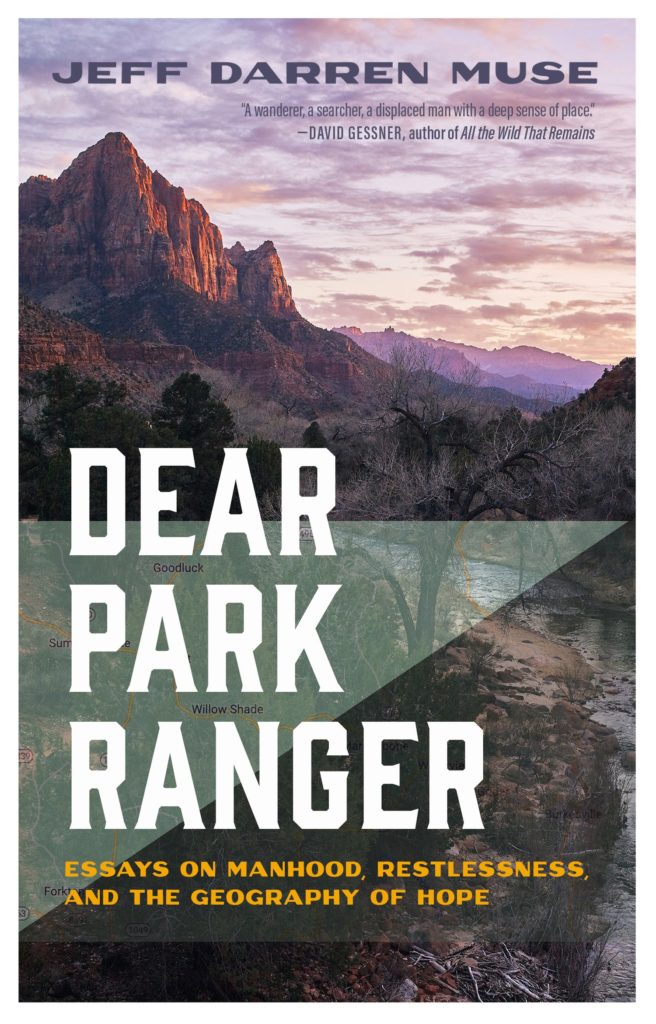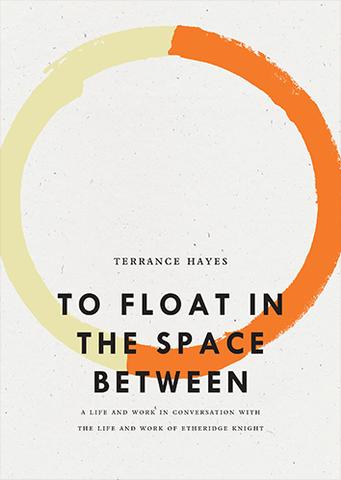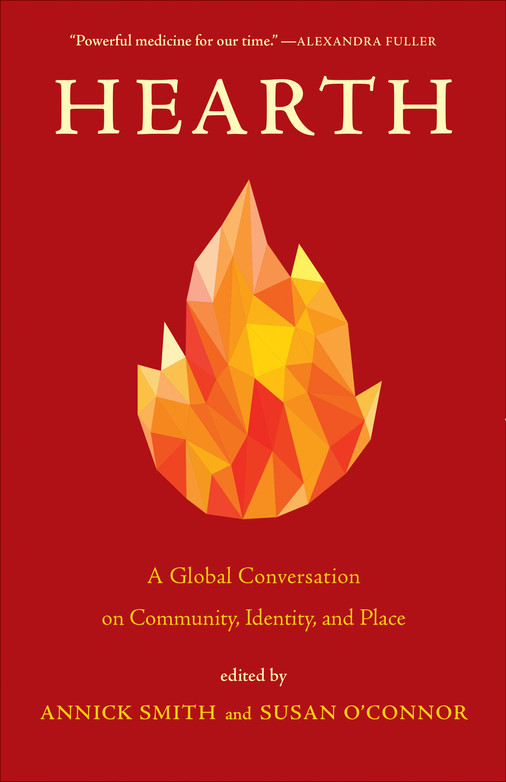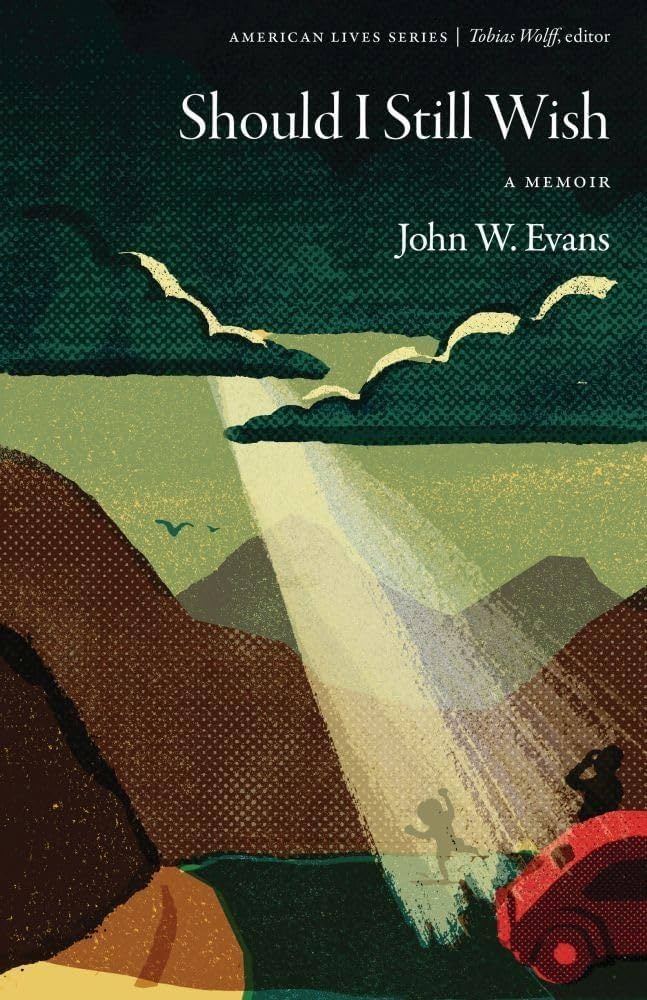By Doug Rutledge
The Real Life of the Parthenon by Patricia Vigderman
Mighty indeed are the marks and monuments of our empire. . . . Future ages will wonder at us, as the present age wonders at us now. . . . For our adventurous spirit has forced an entry into every sea and every land; and everywhere we have left behind us everlasting memorials of good done to our friends or suffering inflicted on our enemies.
Future ages have indeed wondered at the monuments created in fifth-century Athens, to which Pericles (495-429 BCE) refers in his famous Funeral Oration mourning the first warriors to fall during the Peloponnesian War between Athens and Sparta. Rather than elegizing the fallen soldiers, Pericles, the ruler of Athens, celebrates the accomplishments of the culture for which they fought. Athens was a democracy, after all, and, unlike Sparta, a military city-state. Athens was also in the midst of a great artistic outburst of sculpture, architecture, and literature as the temple to Athena at the Parthenon testifies, an outburst that would be diminished though the course of the war. War, as Pericles anticipated, would encourage the spread of Athenian monuments everywhere.
So, when Patricia Vigderman expresses the wonder of future ages that Pericles prophesizes, there is a great deal at stake. Greece, Italy, and Sicily feel as if their sense of national identity is violated when classical works of art migrate, in recent times, to Northern Europe or the United States. On the other hand, most Western Nations also believe that their cultural identity is predicated on the accomplishments Pericles describes in his Funeral Oration.
With The Real Life of the Parthenon, Vigderman is unable to resolve this modern cultural conflict. However, she illuminates it intelligently, sharing with us her appreciation of art and history. She is a well-informed traveling companion as she leads us on a journey to discover classical works of art in such museums as the Met, the Getty, and the British as well as at classical sites like Pompeii, Sicily, Paestum, and Athens.
Fifth-century Athenian memorials having left or been stolen from Greece, this fact raises Vigderman’s central question: Where do they belong? To what extent, she asks, are classical works of art autochthonous or indigenous to a particular place or culture? To what extent are their meanings—their aura, to use Walter Benjamin’s term—violated when such items are displayed in an American or British museum rather than a Greek or Italian institution?
Vigderman follows a grand Aphrodite from Greece to America. “For many years the colossal statue of a goddess fashioned of marble flesh and lively limestone drapery had stood in a gallery at the Getty Villa” in Malibu. The Getty purchased what Vigderman calls “the most important work of Greek sculpture outside of Greece and Great Britain” for $18 million from a London dealer. Twenty years later, however, ownership of the sculpture was claimed by the province, Aidone, in central Sicily. No one there knew where the piece came from or where it should be displayed. Yet the province’s art superintendent asserted that recovering the statue would “give an identity” to its people.
Vigderman makes the point that the architecture in America’s capital imitates the architecture of classical Greece and Rome precisely because the founding fathers believed themselves to be the inheritors of their democratic spirit: “Part of that heritage as well are things like . . . government architecture in Washington, DC. We study the past to remake it, again and again, an ongoing archeology of dreams.” Consequently, the question becomes, why is this larger Western identity less important than the regional one? Benjamin’s term, aura, refers to that aspect of a work of art that cannot be reproduced mechanically. Was Aphrodite’s aura restored when she was returned to Sicily?
The Getty Villa also has a triclinium, or dining room, that incorporates design elements from three different villas at Herculaneum. “Modern Greeks and Romans,” Vigderman observes, “can claim relationship with a brilliant history simply by virtue of their lives in the landscape where it took place.” Americans, however, must visit museums or travel to ancient sites. The museum experience, she describes as Escher-like: “Like the image of two hands drawing each other, past and present seemed to create each other’s outline.”
However, when Vigderman visits Pompeii and Herculaneum, twin cities covered with Mount Vesuvius’s pyroclastic flow in 79 CE, the experience is no less artificial. The powerful mosaic of Alexander the Great has been removed to Naples, and the excavated towns themselves have become artificial environments:
Pompeii was no longer the city where painters and mosaicists created faux vistas or delicate archeological elements or mythological scenes. Its current inhabitants were guards, tourists, sellers of tickets and souvenirs, multilingual guides. The paintings still visible on the walls of some of the houses had been dimmed by exposure to the weather. Remaining artifacts like fullery tubs or bakery grindstones were evidence of a now superseded ingenuity quite different from the still vivid creativity of the art museum.
Where does the most legitimate aesthetic experience of these Grecian art works reside?
As her title confirms, Vigderman’s primary concern is the Parthenon. The history she offers of this culturally significant site is enlightening. She explains that in the fifth century CE, the temple was converted to a Christian church, complete with apse and altar. In 1687, the Venetians bombed the Parthenon, which had become an arms storage facility for the Ottoman Turks:
By the time Elgin’s agent arrived in 1801, of course the Venetian assault had dealt its blow. Many surviving figures from the pediments, metopes, and frieze had already disappeared; columns and carvings had been broken up by the Turks in order to retrieve the bits of lead that attached them to the temple; some of the marble was being ground up to make mortar.
The arrogance of colonialism and empire certainly has a place in this discussion. The wealth of British art dealer Lord Duveen paid for a special gallery to house the Elgin Marbles in the British Museum. He wanted them to look clean, so he insisted they all be scrubbed white, at the expense of the patina or any possible traces of coloring. Nevertheless, there is something to be said for rescuing aesthetically and historically important works of art from the indifference of violent political struggle.
The British Museum allowed Vigderman to interview the person in charge of international relations who asserted that his
was not an art museum (like the Getty in Los Angeles, he meant, or the Metropolitan in New York). It was a museum of culture and meant for the whole world. In the British Museum, he said, we were surrounded by things that had the potential to change people’s view of themselves and others—to see themselves as part of a global citizenship.
On one hand, we have the claim that museums encourage something larger than national identity—call it, global citizenship—and on the other, the plea of Melina Mercouri, the Cultural Minister of Greece during the 1980s and early 1990s: “Return to us the Parthenon Marbles—our pride, our noblest symbol of excellence, our aspirations and our name. ‘They are the essence of Greekness.’” How are we consumers of art and the drama of history to decide who has the right to claim where and how classical art is displayed?
In her effort to answer that question, Vigderman visits a new and beautifully designed museum just below the Parthenon, which displays the remaining marbles and plaster copies of those in the British Museum: Nearly the entire frieze flanked by remaining metopes are within sight of the original Greek temple. For Vigderman, the new museum doesn’t resolve the conflict of whether art contributes to a universal or a nationalized identity. But the display lends itself to an imaginative recapturing of a cultural and aesthetic past. “The reassembly didn’t seem a Lie,” she asserts. “Nor was it exactly sweeping off the cobwebs. . . . It was only offering, as fully as it could, the vulnerable past. Might that too be part of a desire to do things ‘ever more rightly and strongly?’” She points out that though the museum in Athens is contemporary, it includes the “past’s still living memory” in a way not possible in London.
Finally, in Vigderman’s reading of the past there is a principle, which is perhaps larger than the colloquial concept of ownership:
At the heart of that story, though, is beauty. Beauty that’s left despite loss; beauty that teases us out of history. Beauty suggests the point of the story is not only to get the meaning of the objects right, or to establish lineage or ownership; it isn’t whether or not we hear a distant echo of ourselves in the past. The point is for our own reverberating pleasure to keep the past alive.
Ohio State University Press
$21.95 Paperback or PDF eBook | Link to Buy Book
Doug Rutledge is the editor of The Allure of Grammar: The Glamour of Angie Estes’ Poetry, The University of Michigan Press, 2019. In addition, he edited Ceremony and Text in the Renaissance, the University of Delaware Press and he is the author of The Somali Diaspora: A Journey Away, the University of Minnesota Press. Moreover, his poetry and reviews have appeared in Chautauqua Literary Journal, Rattle, Asheville Poetry Review, The Journal, Quiddity International Literary Journal, Third Coast, Southwestern American Literature, Borderlands: Texas Poetry Review, Common Ground Review, Southern Humanities Review, the Jabberwock Review, Light, Lumina and the Harvard Review online.























































































































